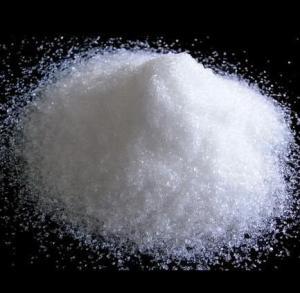Lithium Hydroxide (LiOH)

Lithium carbonate route
Lithium hydroxide is often produced industrially from lithium carbonate in a metathesis reaction with calcium hydroxide Li2CO3 + Ca(OH)2 → 2 LiOH + CaCO3
Uses
Lithium ion batteries
Lithium hydroxide is mainly consumed in the production of cathode materials for lithium ion batteries such as lithium cobalt oxide (LiCoO2) and lithium iron phosphate. It is preferred over lithium carbonate as a precursor for lithium nickel manganese cobalt oxides.
Grease
A popular lithium grease thickener is lithium 12-hydroxystearate, which produces a general-purpose lubricating grease due to its high resistance to water and usefulness at a range of temperatures.
Carbon dioxide scrubbing
Main article: Carbon dioxide scrubber
Lithium hydroxide is used in breathing gas purification systems for spacecraft, submarines, and rebreathers to remove carbon dioxide from exhaled gas by producing lithium carbonate and water 2 LiOH·H2O + CO2 → Li2CO3 + 2 H2O
or 2 LiOH + CO2 → Li2CO3 + H2O
The latter, anhydrous hydroxide, is preferred for its lower mass and lesser water production for respirator systems in spacecraft. One gram of anhydrous lithium hydroxide can remove 450 cm3 of carbon dioxide gas. The monohydrate loses its water at 100–110 °C.
Precursor
Lithium hydroxide, together with lithium carbonate, is a key intermediates used for the production of other lithium compounds, illustrated by its use in the production of lithium fluoride LiOH + HF → LiF + H2O
Other uses
It is also used in ceramics and some Portland cement formulations, where it is also used to suppress ASR (concrete cancer).
Lithium hydroxide (isotopically enriched in lithium-7) is used to alkalize the reactor coolant in pressurized water reactors for corrosion control. It is good radiation protection against free neutrons.
